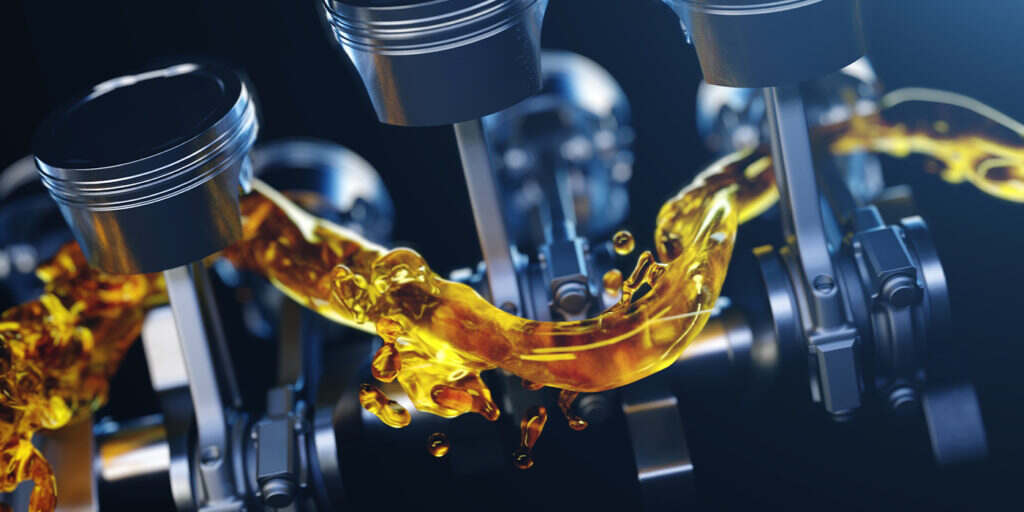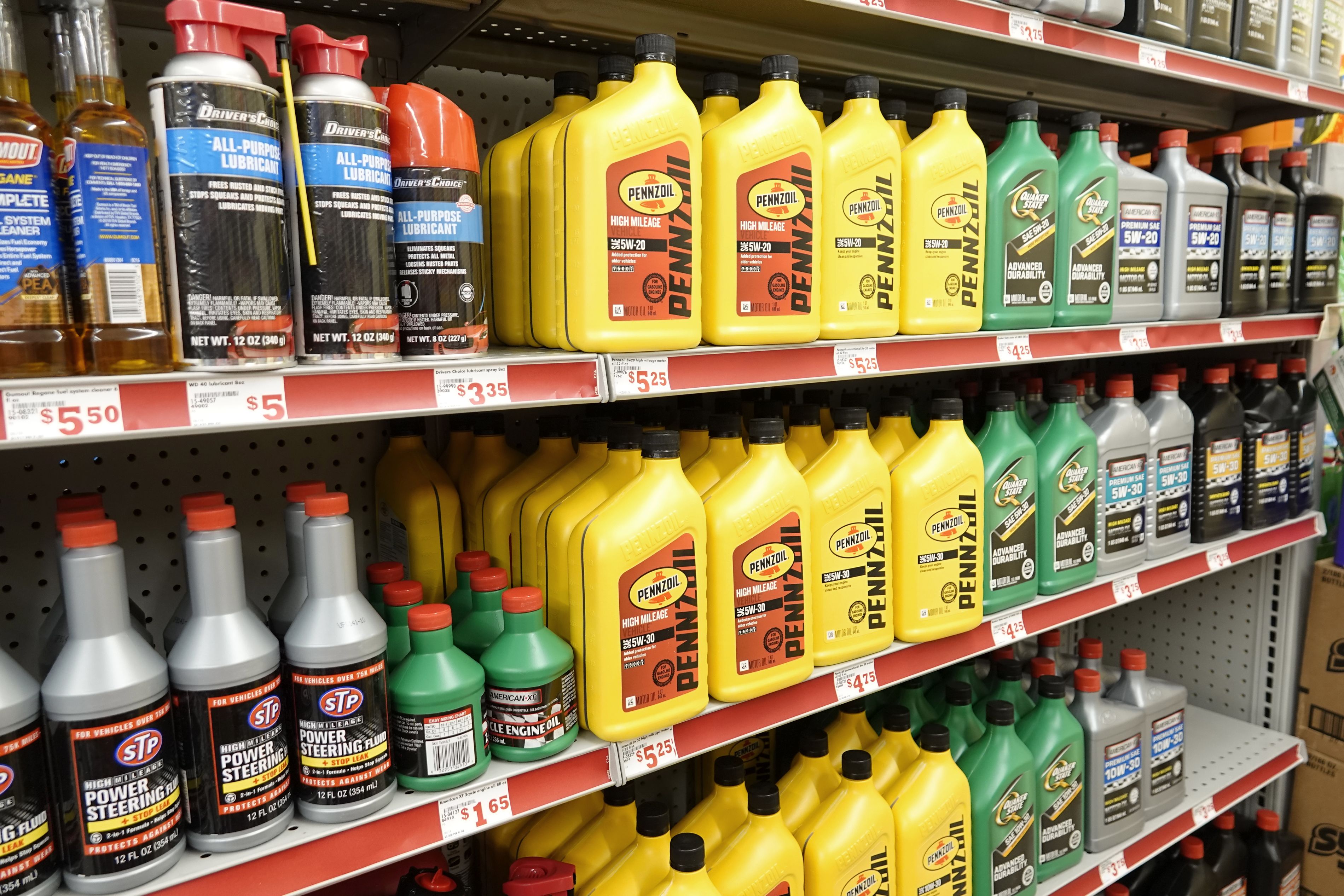Decoding Oil Change Intervals: Why They Differ Across Cars and Conditions

by AutoExpert | 16 November, 2023
Changing your car's oil is not a one-size-fits-all affair. The frequency of oil changes varies based on your car's make, model, year, and the conditions it endures. Understanding these nuances can significantly extend your vehicle's life and performance.
The Impact of Driving Conditions
The environment where you drive plays a pivotal role. In hot, dry, and dusty climates, oil changes may be required as often as every month, especially for cars in heavy use. Cold weather poses its own challenges. At temperatures below -15 degrees Celsius, oil can become sludgy, impeding its ability to lubricate the engine effectively.

Synthetic oils, however, can remain fluid even at -40 degrees Celsius, offering better protection in extreme cold.
Diesel Engines: A Different Beast
Diesel engines operate under higher pressure and temperature conditions compared to gasoline engines. They also tend to introduce more contaminants into the engine oil. Therefore, diesel-specific oils are formulated to be more robust. While standard diesel engines might need an oil change every 15,000 to 25,000 km, those in passenger cars typically require one every 5,000 to 11,000 km.

The Turbocharger Factor
Turbocharged cars use exhaust gases to increase engine efficiency and output. This process, however, raises the engine's internal temperature, putting extra strain on the oil. Premium conventional oils in turbocharged engines may require changing every 8,000 km to maintain engine performance and prevent damage.

Understanding Oil Types and Their Impact
The type of oil also dictates change intervals. Fully synthetic oils generally last longer than conventional or synthetic blends. Additionally, driving in extreme climates - whether hot or cold - necessitates more frequent changes.

Tailoring Oil Change Intervals to Your Car
In conclusion, oil change intervals are not universally standard. They depend on multiple factors, including engine type, oil type, and driving conditions. Adhering to your vehicle's specific needs ensures optimal performance and longevity.

















